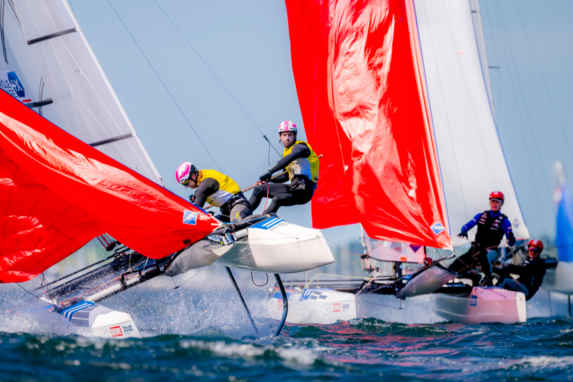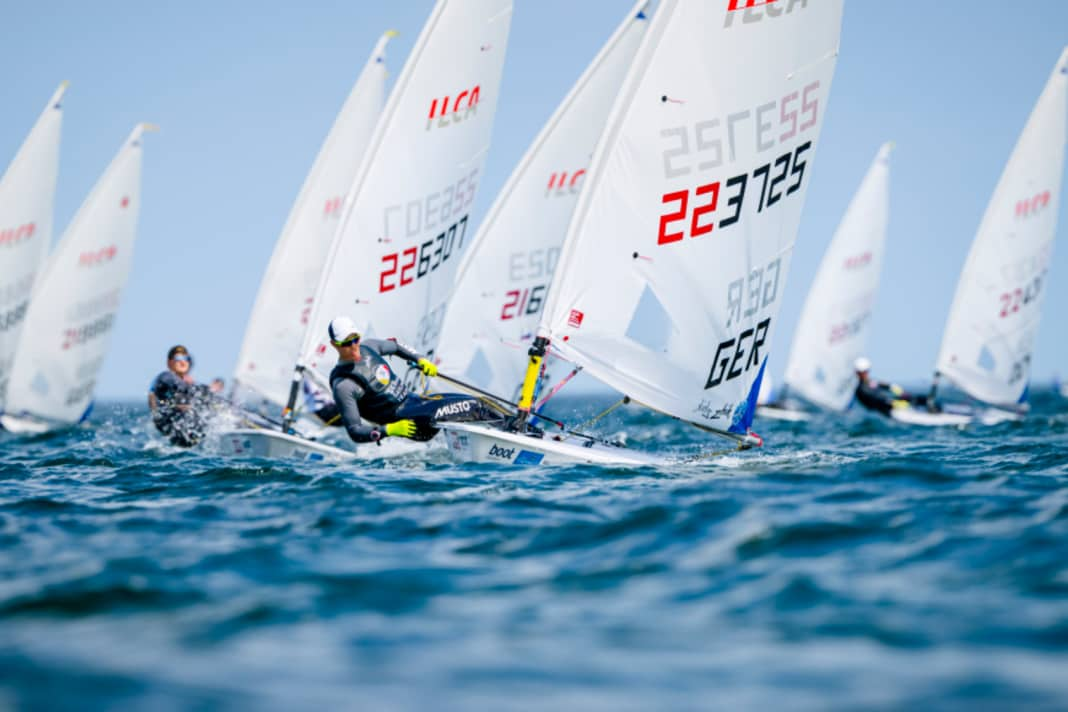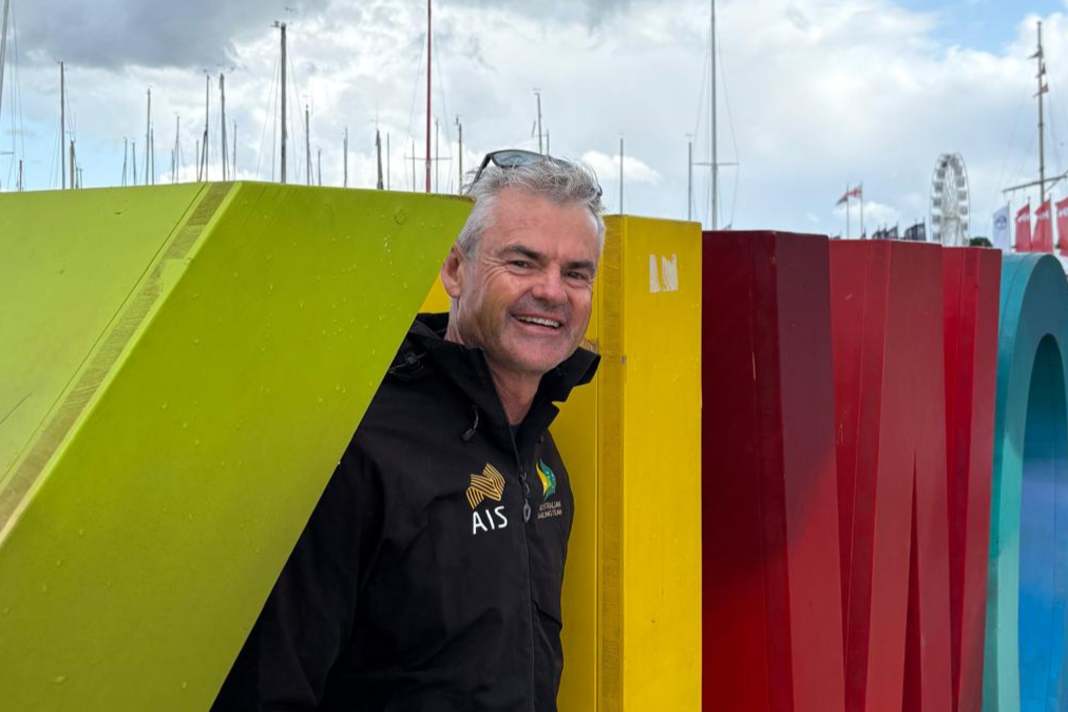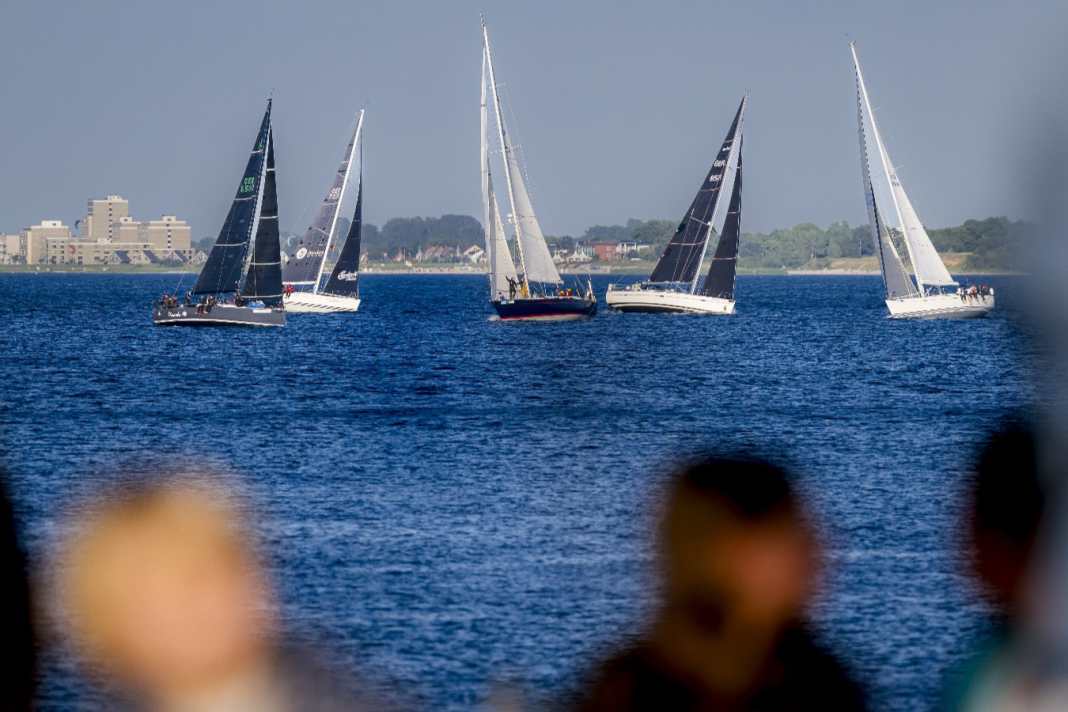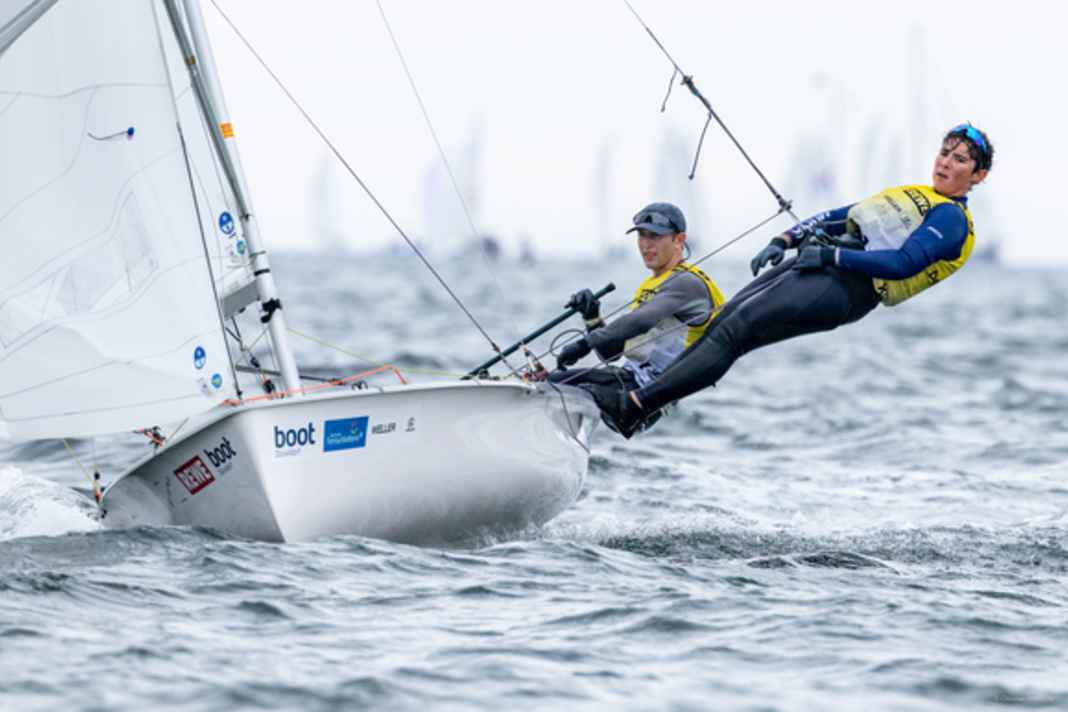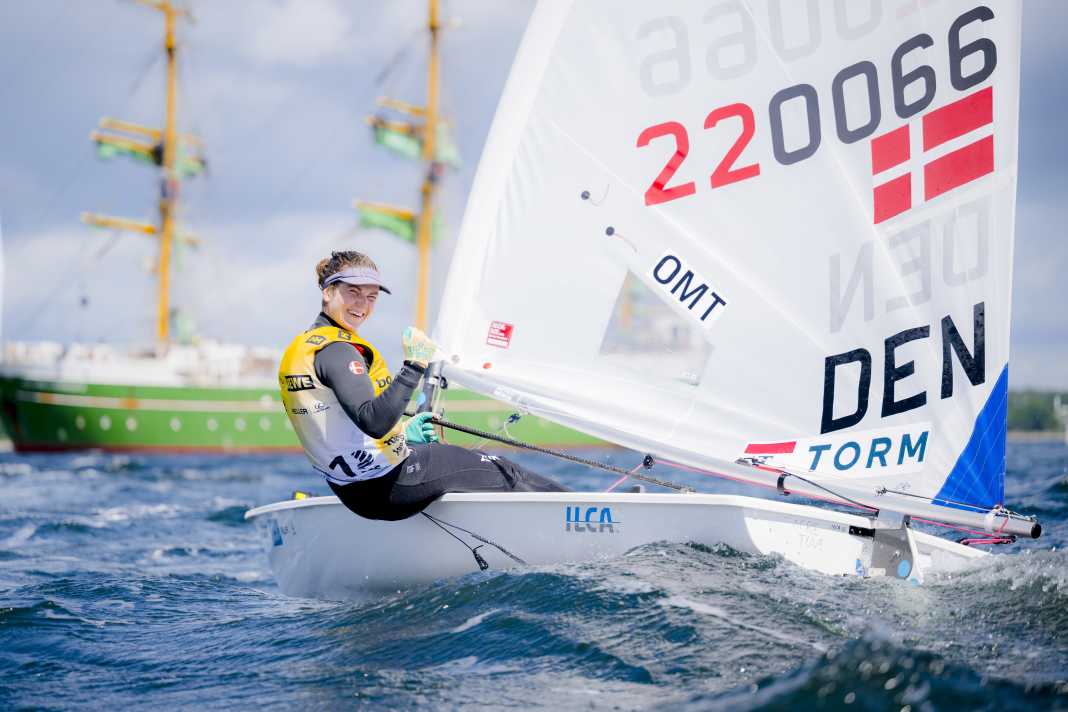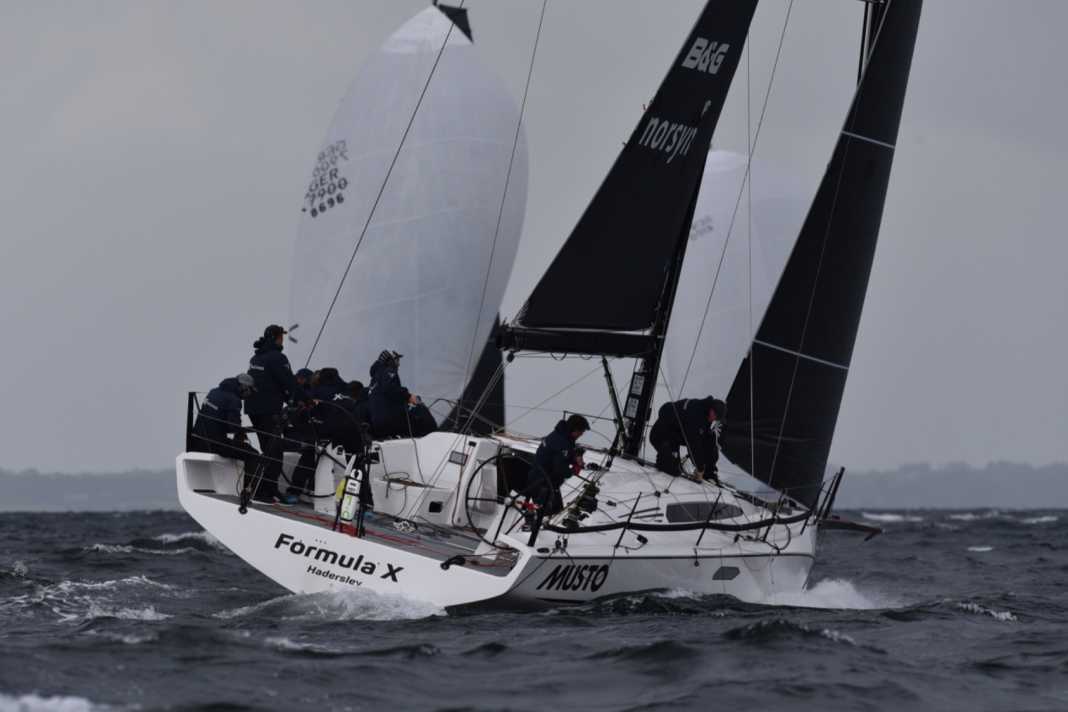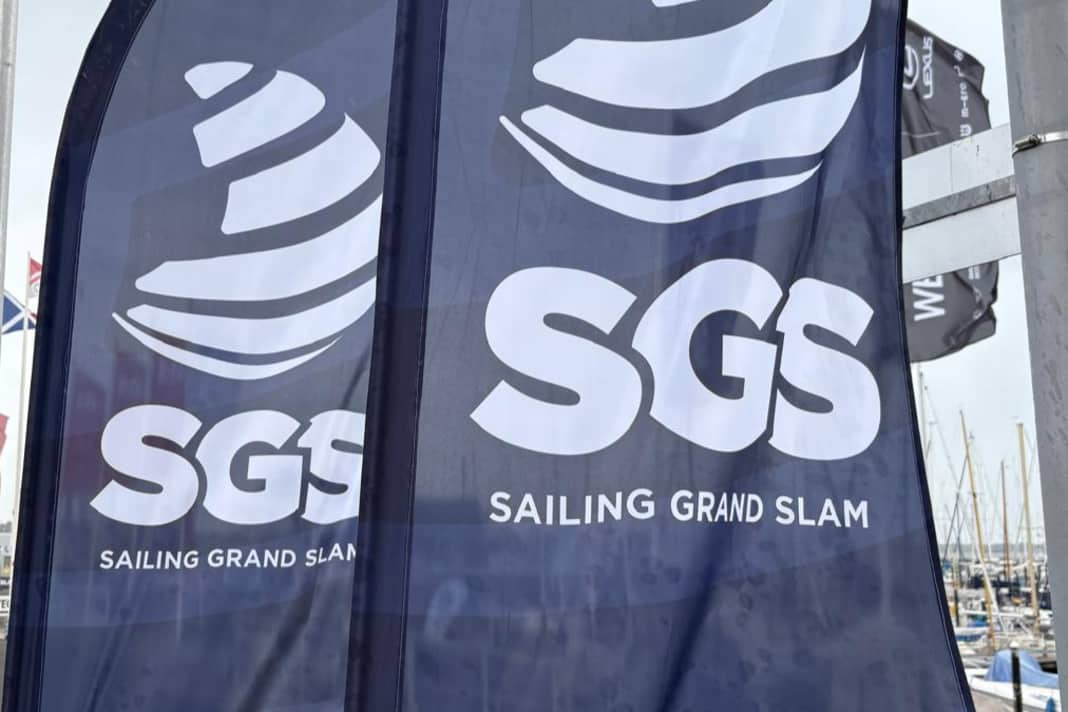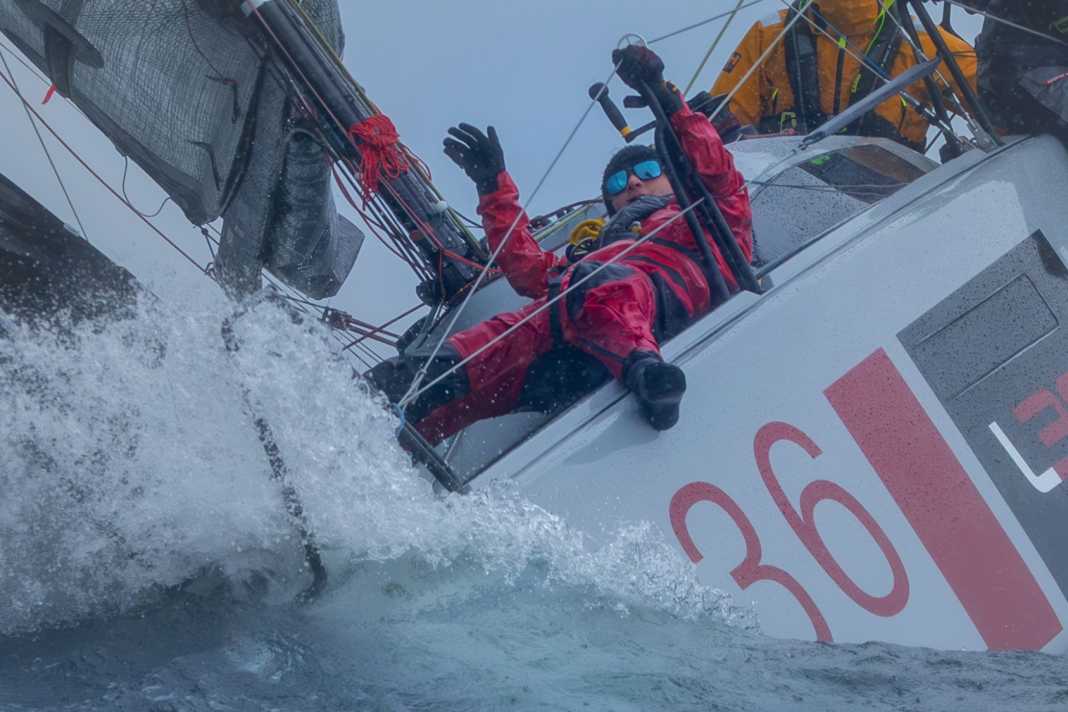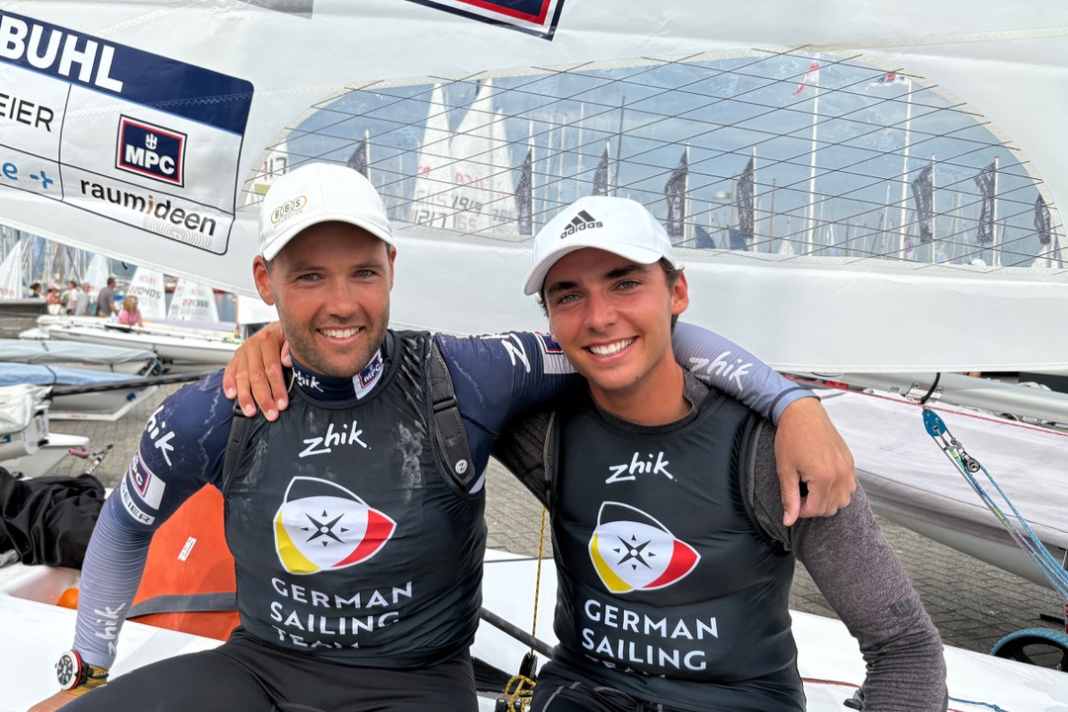Kieler Woche: News from the German sailing sport
Kieler Woche: The biggest sailing regatta week in the world
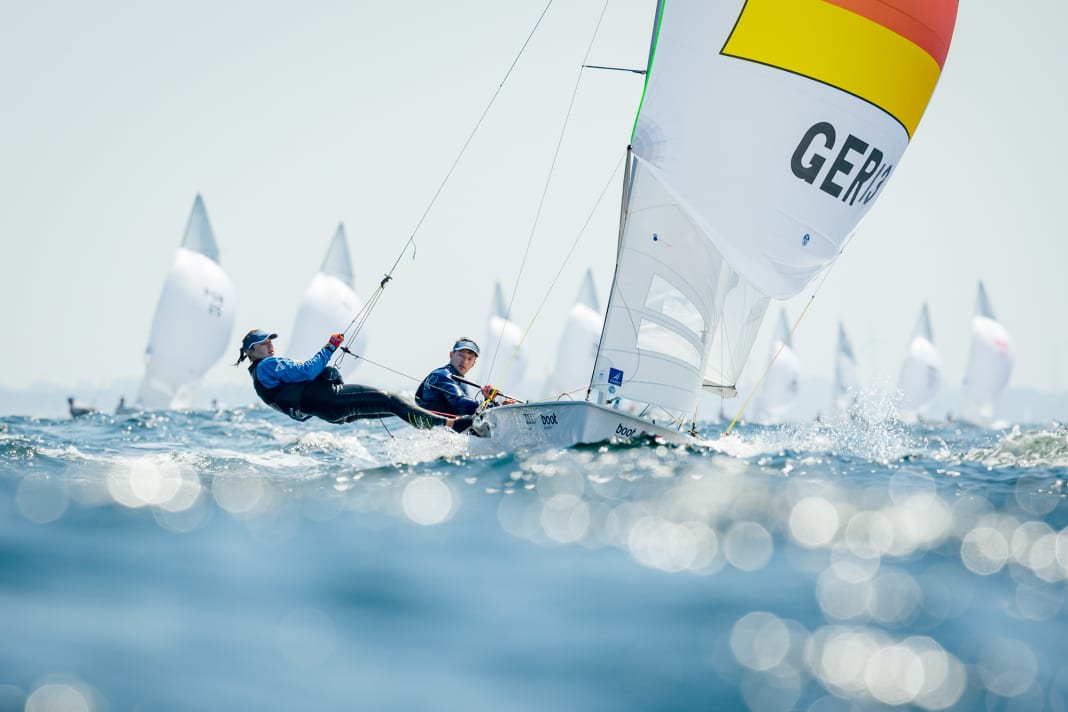





It is "made in Germany" and the biggest sailing regatta week in the world: Kieler Woche. It offers nine days of sailing sport with Olympic, international and keelboat classes. Find out what you need to know in this special.
The 131st Kiel Week starts on 21 June 2025, 143 years after it was first held in 1882. 3.5 million visitors and 3,500 sailors from all over the world are expected on the fjord. The programme includes 2,000 events of all sizes, from sporting to cultural, from competitions to entertainment. Typical "KiWo".
These classes start at Kiel Week
The Olympic classes, with the exception of the 470s, start in the first part of Kiel Week. The crews are already preparing for the Games in three years' time. In the second part, everything from miniature classics to hot skiffs and small keel sports boats will be at the start. The second part of Kiel Week offers the greatest variety. Traditionally, sea-going yachts also take part in the Kieler Woche. There are also opportunities for beginners. These Olympic and international classes start off Kiel.
The Kieler Woche poster
One of the standards of the event has been for many decades the Kiel Week poster - with almost iconic status. Plain blue or colourful, sometimes more, sometimes less abstract, but always with an unmistakable visual language, it is in the truest sense the annually changing "figurehead". Art as identification, on the shores of the fjord and far beyond, as a sign of international solidarity.
Where the sailors sail
No sailing series is as diverse as Kiel Week. Dinghies, big boats, windjammers and navy cutters start. But who sails where? An overview.
Live in the sailing arena
Visitors to the Olympic Centre in Kiel-Schilksee can get very close to the races and participants. Whether award ceremonies, talk rounds or the exciting sailing scenes themselves: Live events and real-time transmission of the regattas invite sailing enthusiasts to experience Kiel Week up close.
The highlights at the Olympic Centre
Kiel Week is not least a large public festival. The motto is "Free, outdoors and for everyone". These events are interesting for sailors.
Experience tall ships live
A highlight of Kiel Week is traditionally the Windjammer sailing parade. This year, hundreds of traditional sailing, sports and leisure boats will gather in the city centre on 28 June before heading out onto the fjord in magnificent fields. The start is at 11 a.m. in the inner fjord, between Wik on the west bank and Mönkeberg on the east side. More ships will be seen in the Kiel Fjord area on this day than on any other day of the year. Until the early afternoon, the fleet will pass the imaginary finish line between light buoys 5 and 6, with the surrounding beaches such as the Falkensteiner Ufer offering the best spectator spots. If you like, you can take part as a charter guest or with your own boat on the water.
The origins of Kiel Week
It was sailing enthusiast Kaiser Wilhelm II who helped set the course for Kiel Week with his passion. Imperial Chancellor Prince von Bülow knew why the last German emperor and king was so committed to Kiel's sailing activities: "Nowhere was he happier than here."
Since its premiere on 17 June 1882, the event - with a few interruptions - has always been a reflection of its time. Famous yachts such as the imperial "Meteor IV" and the "Germania" not only heralded a golden age of German yacht building with their memorable duels, but also characterised Kiel Week shortly after the turn of the century.

The outbreak of war in 1914 ended the first major chapter of Kiel Week. It was not until 1920 that the sailing festival slowly got going again with 54 yachts. By 1933, the regatta had regained its size and internationality with 133 starters, before the skies over Germany darkened again after the "seizure of power". In 1936, the Olympic regatta is celebrated on the fjord.
The new beginning
The first Kiel Week after the Second World War takes place in 1948. The new foundations are laid by the Kiel Yacht Club, the North German Regatta Club, the Hamburg Sailing Club and the Seglerhaus am Wannsee association. In 1964, 230 boats take part again, including 165 international boats from 24 nations. In 1972, an Olympic regatta is organised for the second time and a large windjammer parade is held in Kiel for the first time.
The division into an Olympic and an international half in 1993 brought a huge change, with up to 5,000 participants and 2,000 boats too many to sail at the same time in the heyday. Giants such as Willy Kuhweide, Paul Elvstrøm, Dennis Conner, Jochen Schümann, Russell Coutts, Sir Ben Ainslie and Peter Burling gave the event a lot of glamour. But the record holder is Wolfgang Hunger, a child of Kiel: the 62-year-old three-time Olympian has won Kieler Woche an incredible 24 times and has not given up hope of winning a 25th title. Either way, he will remain the king of the fjord for the foreseeable future.


